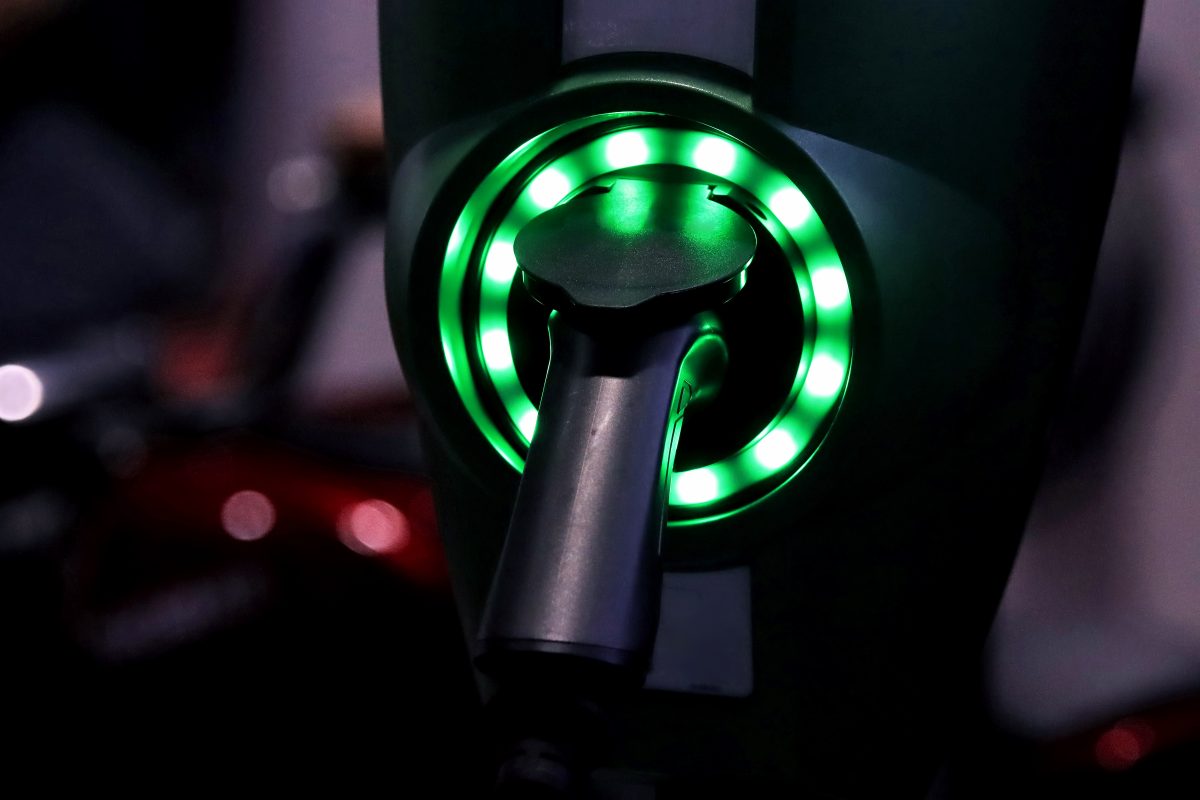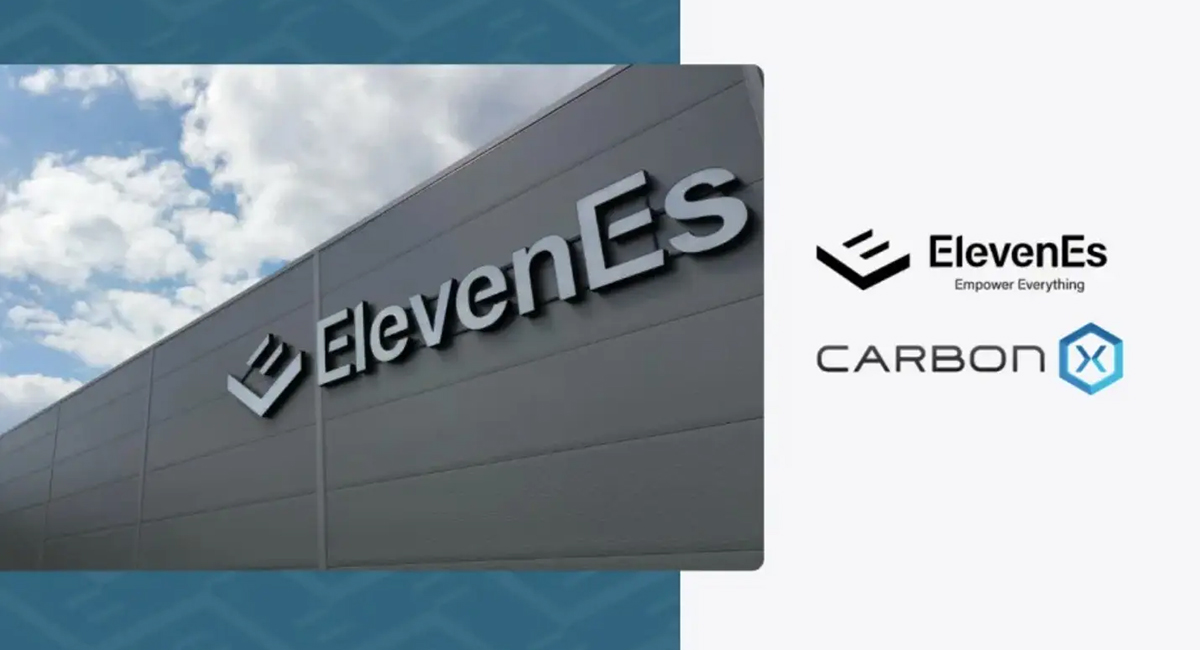
Mar 28, 2024
Empowering the Energy Workforce: InnoEnergy’s New Course Sets the Standard for Battery Safety
In an era where the green transition is no longer a choice but a necessity, the demand for efficient, sustainable, and safe battery technologies is surging. With complex designs and a rapid increase in types of battery technologies comes the need for a workforce that is skilled and well-versed in the nuances of battery safety. They must understand the risks, adapt as necessary to new challenges, and respond when it counts the most.
Mastering Battery Safety for Industry Professionals
In response to this growing industry demand, EIT InnoEnergy has developed the ‘Introduction to Battery Safety’ course, aimed at equipping professionals with the knowledge to navigate the complexities of compliance and safety practices effectively.
Battery manufacturing is at the heart of the green transition, particularly for the rapidly evolving battery supply chain. And safety remains a non-negotiable component. From the potential chemical hazards during production to the mechanical risks during recycling, the nature of these risks is as dynamic as the technologies themselves. It’s clear that safety training is not just a regulatory requirement but a foundational aspect of industry best practice.
Understanding the Threats Across the Value Chain
Working with batteries across the value chain introduces a variety of safety risks, including chemical, electrical, and mechanical hazards. Lithium-ion cells, for example, are more prone to thermal runaway– when a cell enters an out-of-control positive feedback loop of overheating, which can cause its neighbouring cells to overheat and eventually cause the whole battery pack to catch fire.
Recent events have drawn attention to the importance of battery safety. For example, concerns arose in 2023 regarding the interaction of lithium-ion batteries in electric vehicles with saltwater, prompting discussions about safety measures. Likewise, safety concerns are gaining heightened emphasis in automobile manufacturing facilities. These instances serve as gentle reminders of the significance of prioritizing battery safety measures.
Innovations Driving Towards a Safer Energy Future
In the quest for safer energy solutions, industry innovators are redefining battery safety through enhanced design and meticulous quality control. For example, the company Sionic is advancing chemical safety with an electrolyte additive designed to suppress cell heating, thereby addressing the critical issue of thermal runaway. Soteria is at the forefront of structural safety, developing reinforced separators and thin film foils aimed at resisting heat and preventing overheating loops in battery cells, while also leading the Battery Innovation Group (BIG) to promote safety across all parts of the battery value chain. Meanwhile, Titan Advanced Energy Solutions is revolutionising quality control with its ultrasound technology that swiftly and precisely detects anomalies within battery cells, indicating potential safety risks. These pioneering efforts signify a collaborative stride towards ensuring safety for both industry workers and end consumers, reflecting a paradigm shift in battery technology towards a safer, more reliable future.
Another essential part of improving battery safety includes detecting and analysing incidents to better understand failures and monitoring to prevent future incidents. Honeywell is pioneering in this realm with technology that detects early signs of thermal runaway, which is key to preventing EV battery overheating. Furthermore, post-incident analysis is equally vital, as evidenced by the US National Transportation Safety Board (NTSB) thorough investigations into electric vehicle fires. Their insights are shaping improved emergency response protocols for manufacturers and responders, thereby embedding safety into the lifecycle of battery usage and management. These proactive measures are not just about response but about creating an ecosystem where safety is integral, predictive, and pre-emptive.
Technology and analytics alone can’t foster safety without a corresponding culture. Workplace battery incidents are preventable through comprehensive safety training led by dedicated leaders who implement and embody these safety principles.
InnoEnergy’s Introduction to Battery Safety Course for Industry Professionals
This is precisely where InnoEnergy’s forthcoming “Introduction to Battery Safety” course proves indispensable. Aimed at instilling a comprehensive understanding of the risks involved across the battery value chain, this course is pivotal for those in manufacturing, handling, transportation, storage, and disposal of batteries.
For more information, feel free to contact the InnoEnergy Skills Institute.
More EBA250 news
The European Battery Alliance (EBA) welcomes the European Commission’s swift decision to award €852…
Last week, the European Commission published the Clean Industrial Deal State Aid Framework (CISAF),…
We are pleased to welcome Emma Nehrenheim as new Managing Director of the European…
As Europe’s battery cell manufacturers face increasing competitive pressure, EBA250 remains actively engaged in…
InnoEnergy, the driving force behind the EBA250 initiative, introduces today its new brand identity,…
The new EU-funded facility will enhance global raw materials partnerships and access to Critical…
Last week, InnoEnergy and EBA250 represented the battery value chain in Brussels alongside Verkor…
ElevenEs, a European LFP lithium-ion battery manufacturer, has signed a Joint Development Agreement with…
The European battery industry has come a long way since the launch of the…
The 2024 Innovation Fund calls for proposals have been launched this week, with a…







